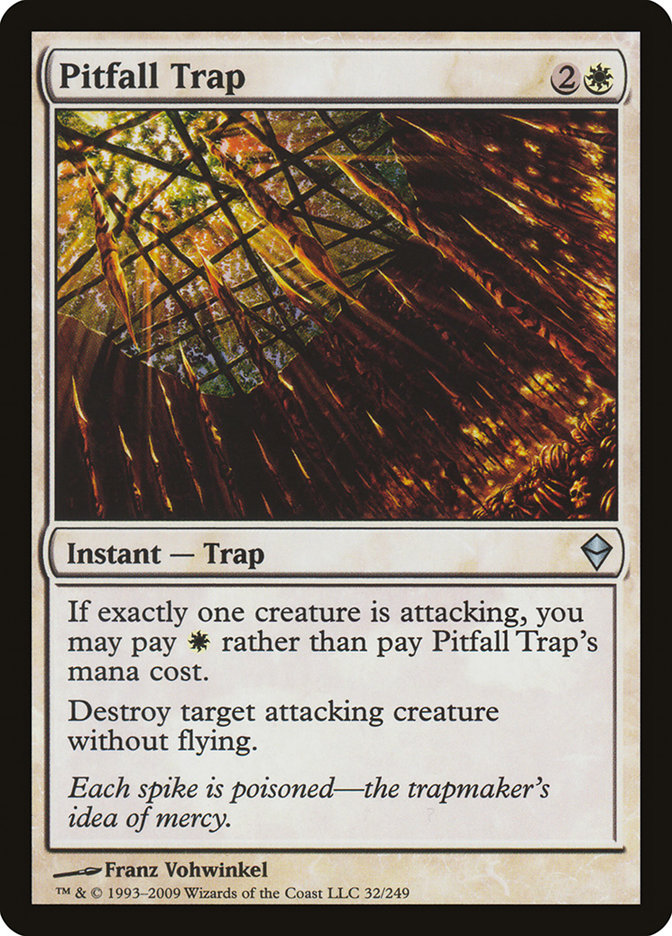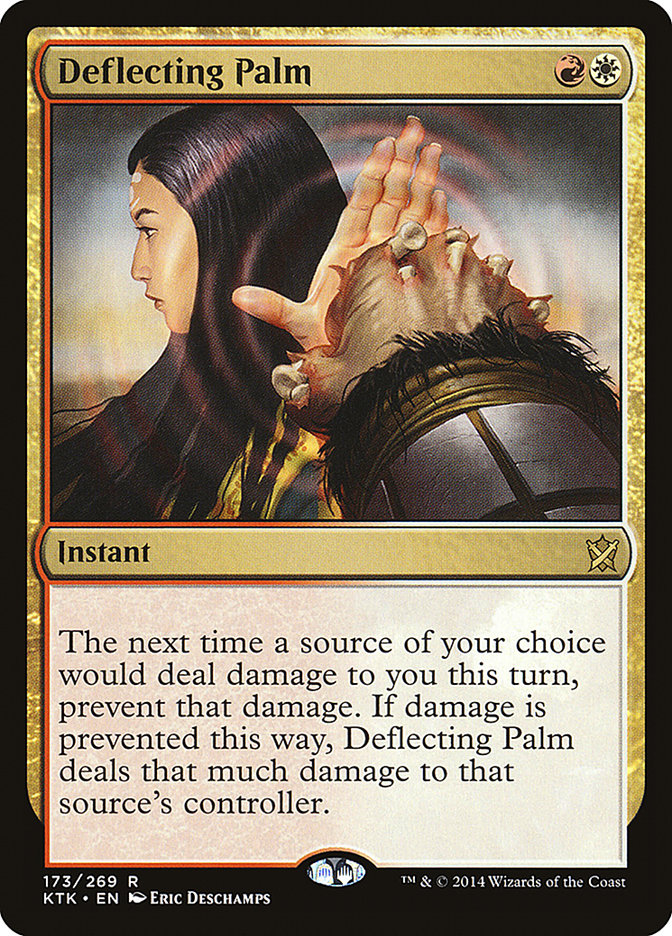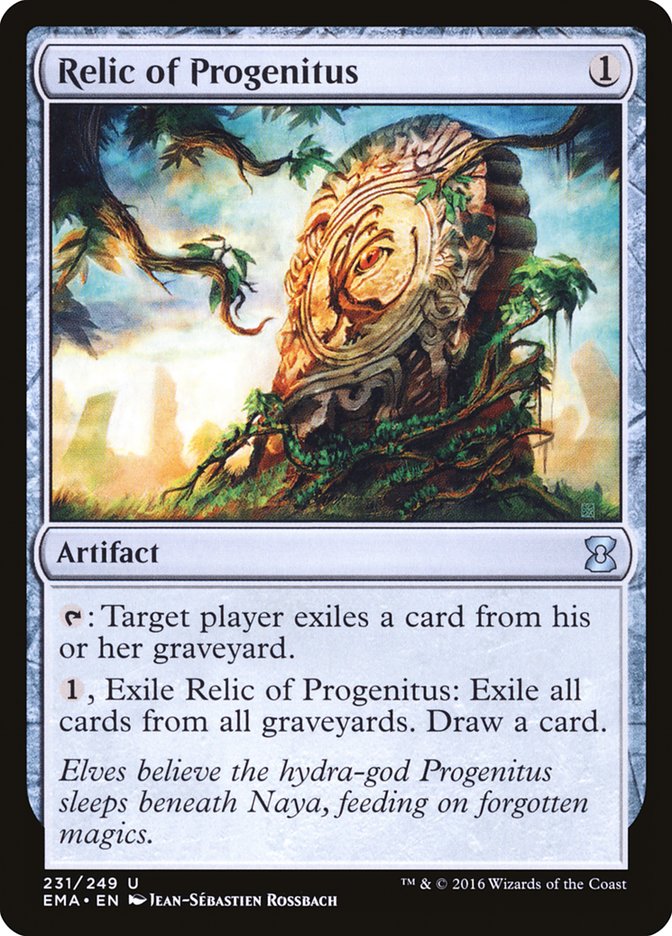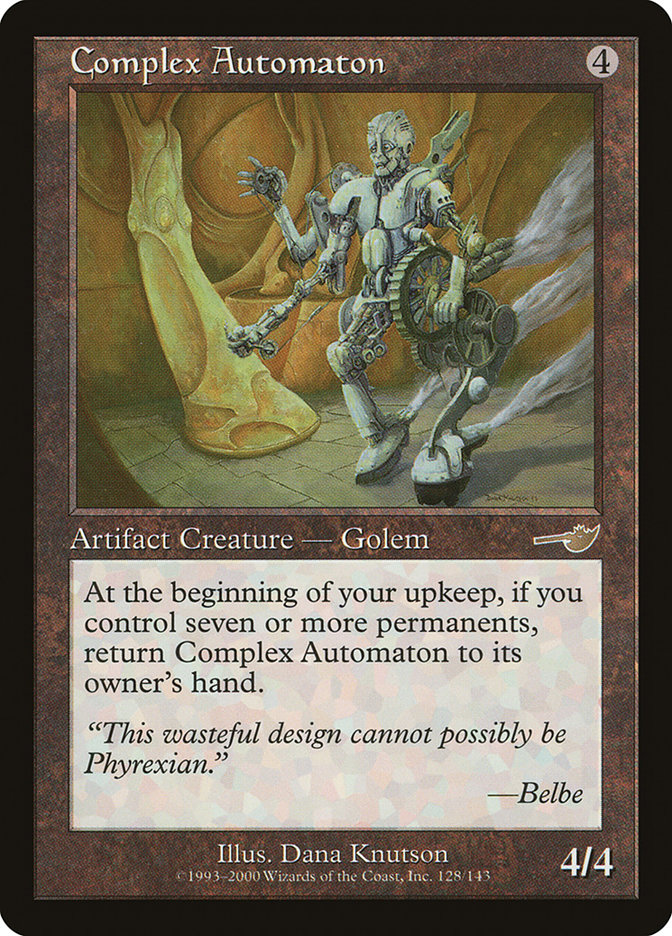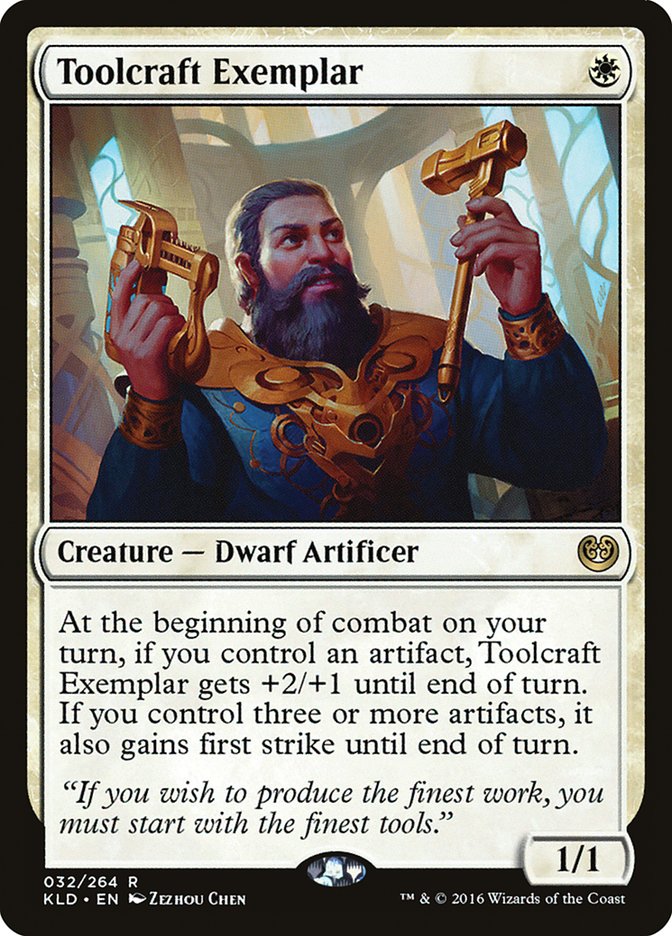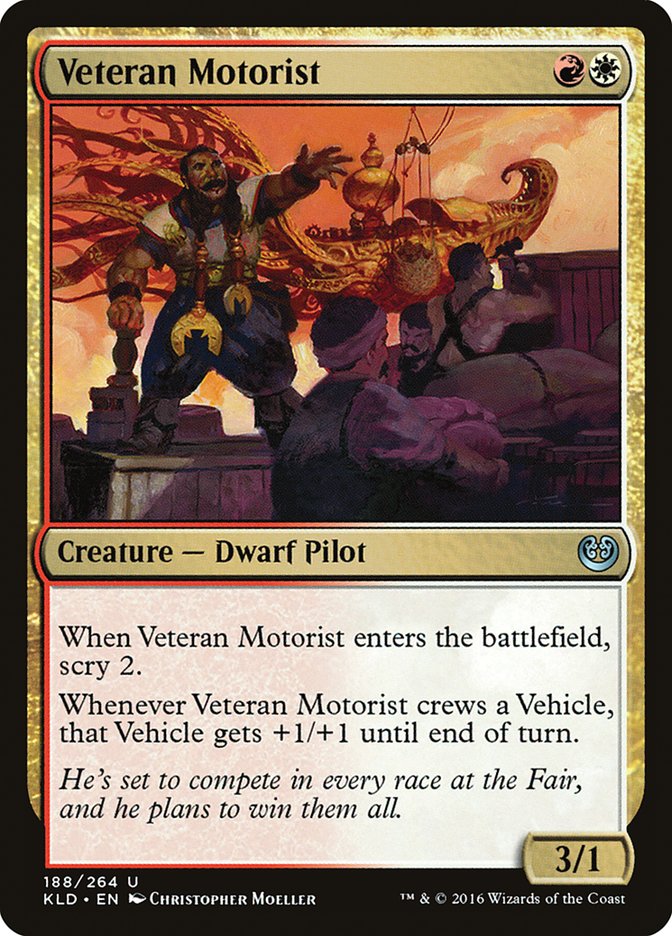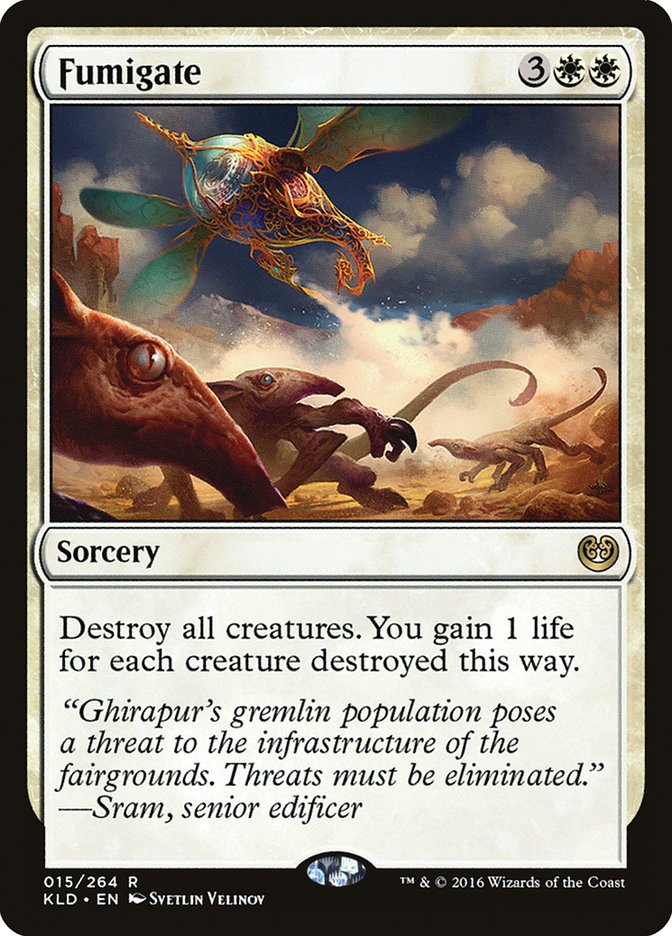Sideboarding is hard.
There’s a reason sideboarding guides are so popular amongst readers, and a reason they are so unpopular amongst writers. Sure, having a fleshed-out plan for how to sideboard in every matchup is a huge comfort. Having that plan be provided by someone who knows what they’re doing is fantastic and sticking to it guarantees you can’t go too wrong in presenting configurations for Games 2 and 3. But the thing is, Magic is a fast-paced game and metagames change quickly. Too quickly.
A sideboard guide that is picture-perfect one week will often already be outdated by the time you get a chance to utilize it in a tournament. At best, you might get to play one or two tournaments where that information is the best available. From there, you will have to adapt to any changes in what decks are being played and how they are commonly built yourself. And this is just talking about adjustments that need to be made based on the overall metagame, not even the on-the-fly sideboarding decisions that can only be made by observing and understanding the unorthodox aspects of an opponent’s deck.
Learning how to sideboard correctly is a long trial-and-error process that I’m not sure any Magic player is ever done improving on. While playing in tournaments, I constantly see the same sideboarding mistakes from the other side of the table, and I catch myself falling into the same errors time and time again. It’s gotten so bad I’ve made a list of what I view as the most common sideboarding mistakes. This isn’t a comprehensive list, as there are infinite ways you can mess sideboarding up, but take these to heart and at least you will be substantially less likely to commit the cardinal sin of presenting a Game 2 configuration that is worse than just running back your starting 60.
Time to learn how to fly.
Oversideboarding
Repeat after me: I, [your name here], sideboard in too many cards too often.
Look, I don’t know you, so maybe I’m wrong. But I know Magic players, so I’m pretty sure I’m not. This is probably the mistake I’ve made the most in my Magic career, and it’s one I see happen across from me almost every tournament. It’s just so easy to get overexcited about all the awesome weapons in your sideboard that will keep your opponent off-balance and allow you to easily win the match…except, it turns out that if your focus is exclusively on making your opponent stumble, you are very likely to stumble as well. Not losing the game is great, but always our focus must be on winning the game ourselves.
Let’s look at an example with some GP Vancouver Top 8 lists. You’re playing Burn against Death’s Shadow, and you just lost the first game.
Creatures (12)
Lands (20)
Spells (28)
Sideboard

Creatures (13)
Planeswalkers (2)
Lands (18)
Spells (27)

You’ve never played against this new version of Death’s Shadow before. Not surprising, since you don’t really play online and last weekend was its paper breakout. Like I said, you’re down a game and unsurprisingly pretty nervous about what to do. Down a game against a deck you don’t fully understand is one of the scariest places to be in Magic. They played Traverse the Ulvenwald and Tarmogoyf Game 1, so you figure your four copies of Relic of Progenitus are probably a good idea. You are 100% sure you’re in the market for some guaranteed spot removal, so your three copies of Path to Exile are coming in for sure. And you have a vivid recollection of dying to a 9/9 Death’s Shadow, so you figure your two copies of Deflecting Palm can’t hurt. Well, all right, then. That’s nine cards you want to bring in.
If two’s company and three’s a crowd, nine’s got to be New Year’s Eve at Times Square.
Nine cards? What in the world are we supposed to cut?
Maybe we decide that Searing Blaze is never going to kill a creature and needs to go. From there, everything else seems good enough, so we just trim down to three copies on five of our four-ofs. Okay, time for Game 2!
The game plays out a lot more slowly than Game 1 did; you Path a couple of their early creatures and get a few attacks in with Monastery Swiftspear and feel like you are in a decent spot. You sandbag a Deflecting Palm, fairly confident that you will eventually be able to win the game with it. But the game keeps going. You crack your Relic of Progenitus, looking for the last couple burn spells you need to put the game away. Things are starting to look scary, as they’ve built a decent battlefield back up and you’re out of removal. They Inquisition of Kozilek away your Deflecting Palm before you have a chance to get them with it, swing in a couple of times, and all of a sudden your life total is zero.
What went wrong?
By sideboarding out so many of your burn spells for answers to your opponent’s plan, you greatly decreased the ability of your deck to actually end the game. Maybe nine cards doesn’t sound like very many cards, but let’s take a second to think about it. If you ignore lands, your deck consists of 40 cards that do anything. Nine is almost 25% of 40. Yikes. No wonder they ended up with so much extra time; suddenly 25% of our spells didn’t actively kill them.
Oversideboarding tends to be more of an issue in Modern than in Standard for the simple reason that the decks are more laser-focused. They have less give in them, fewer cards that can change without fundamentally altering the critical turn of the deck. In Standard, you can swap out huge swaths of your value creatures and removal spells for slightly better value creatures and more efficient removal spells and improve your win-rate without drastically altering how your deck functions. In formats with larger card pools, the bar to making it into a starting 60 is much higher. Each card that’s there is there for a reason, and if the card isn’t actively bad in a given matchup, removing it is likely to have repercussions.
If you think oversideboarding is a mistake you might be making and aren’t sure how to fix it, I have a challenge for you. Play a tournament or two where you are only allowed to sideboard in five cards at most. Sure, this probably puts a handicap on yourself and forfeits some of your equity in those tournaments. But doing those allows you to get a feel for just how impactful a relatively small amount of sideboard slots can be and helps to break the oversideboarding habit, giving you equity in future tournaments, a trade-off well worth making.
Remember: when in doubt with sideboarding, less is more.
Mismatching Complexity
We Magic players talk a lot about the different macro archetypes in the game: aggro, midrange, combo, control. We have a pretty solid understanding of how each of these decks typically want to sideboard against each other, what they are looking to do to shore up their plans in post-sideboard games. What we don’t talk about nearly as often is the different complexity of archetypes. Not to pull a Lemony Snicket, but complexity is a word which here means “amount of material a deck desires to see on the battlefield.”
Decks like Jund and Abzan are negative-complexity decks. They are low-synergy decks that want to exchange resources with the opponent as quickly as possible and then dominate the resulting low-complexity battlefield state with one or two individually powerful threats. On the other end of the spectrum is a deck like Abzan Company. Company is a positive-complexity deck that thrives in battlefield states where both players have a huge mass of material and combat is a complete and utter headache.
Okay, definitions aside, how can we use this kind of thinking to help us sideboard? Different kinds of cards are good at different levels of complexity. Thoughtseize effects are among the hallmarks of negative-complexity play and one of the best tools in Jund/Abzan strategies in Modern, but they are absolutely atrocious when playing against another negative-complexity deck. I think it’s common wisdom at this point that you don’t want to keep your discard in for Jund mirrors, and thinking about complexity of archetypes explains why. When both decks are trying to reduce the game to a battle of limited resources, you want to play cards that are good when that state is reached, as it surely will be.
Looking at it from the other side, high-complexity decks might not want to overdo it on the removal plan. Cards like Abrupt Decay and Path to Exile are historically popular in Abzan Company sideboards and are dangerous cards for inexperienced pilots to register in these decks. For a lot of high-complexity decks, cards like these are in the sideboard to deal with very specific problem permanents that players will choose to bring in. Abrupt Decay answers Rest in Peace and Torpor Orb; Path to Exile is a very necessary answer to Kalitas, Traitor of Ghet. But players will see cards like this in the sideboard and want to sideboard them in way more often than they should. There is something very appealing psychologically about getting to tell someone no without ramifications (see: control’s popularity).
Allowing Interactional Deficits
In some ways, this mistake is the opposite of oversideboarding. Sometimes, cards in your deck just line up extremely poorly with cards your opponent is running. In Standard, think about how Veteran Motorist and Toolcraft Exemplar match up against Walking Ballista. Spoiler: it’s not pretty. All things equal, you would like to sideboard out cards with this kind of interactional deficit for Games 2 and 3 to avoid falling behind just by playing the cards you draw.
But all other things aren’t equal, and it’s not as easy as sideboarding out every individual card that matches up poorly in a tactical sense. After all, these cards are often extremely important on a strategic level. The Mardu Vehicles deck is an aggro deck; it can’t just cut its best one-drop and two-drop willy-nilly and assume everything is going to work out. Don’t get me wrong, cards that line up so poorly against the opponent’s deck need to go for sure, but we need to make sure our sideboard plans accommodate the necessary strategic shift.
Mardu Vehicles solved this problem in its Winding Constrictor matchups by moving to Fumigate. The first time on Magic Online the aggro deck cast Fumigate against my midrange deck, my mind was blown. And I’m not the only one. Fumigate is an incredibly elegant solution to the interactional deficit problem posed by Walking Ballista. The aggressive plan of the deck is no good without Toolcraft Exemplar and Veteran Motorist, but leaving them in the deck post-sideboard is a recipe for disaster. So, instead of trying to make do with a diluted version of the aggro plan, post-sideboard the deck transitions into a Vehicle / Gideon midrange-control deck that takes full advantage of its noncreature “creatures” with Fumigate. It’s awe-inspiring deck building we should all aspire to.
The motto of this story is that, often, the best way to solve an interactional problem of your cards lining up poorly with a specific deck is a strategic shift, not a tactical one. Sideboarding out cards that are best in class, as the cards in your starting 60 should be, for their second-string replacements in the same class solves the poor interactional matchup but doesn’t really get you too far ahead. Finding a way to replace those cards with cards in a whole different class that allow for a shift in your overall strategy is the dream, but it sure isn’t easy.
Answers to this problem as perfect as Fumigate don’t always exist. The key lesson here is not to beat your head against a wall searching for the perfect strategic shift. It’s to keep in mind that your plan in the first game of a match can be radically different than your plan in Games 2 and 3, and that’s more than okay; that’s great. Often, players will sideboard cards that would be excellent if they somehow materialized in their hand Game 1 but are markedly worse post-sideboard. This is a side effect of most players spending their time testing Games 1 and largely theorycrafting what Games 2 and 3 will look like.
It’s old career advice: dress for the job you want, not the job you have. Sideboard for the game you’re about to play, not the game you played.


